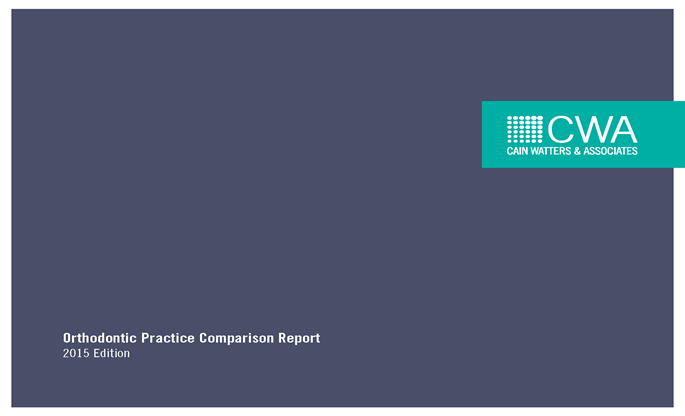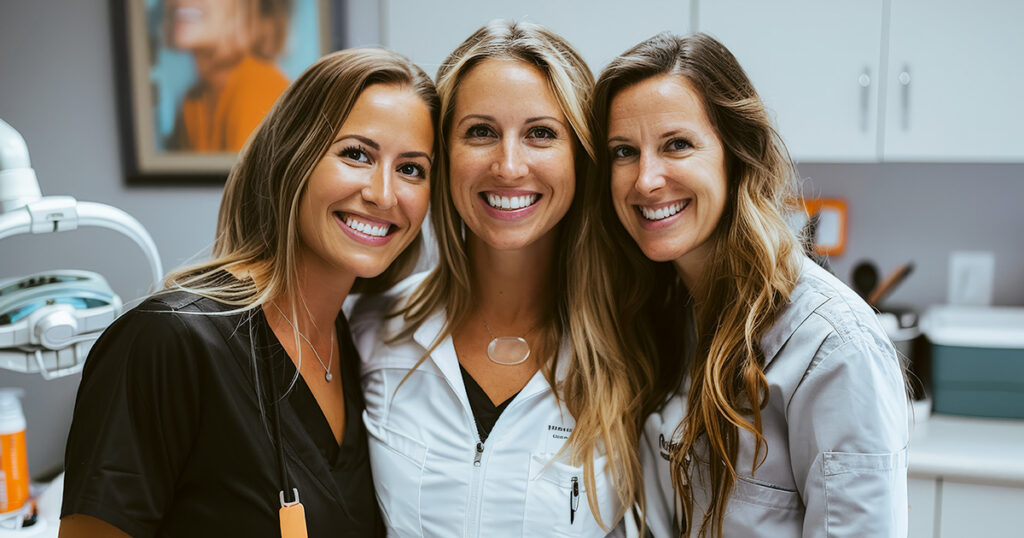A recent survey of CWA’s orthodontic clients’ practice 2015 financials revealed new insights into tide-turning factors that had significant impact on the bottom line, and which ones didn’t. CWA Partner Judson Crawford weighs in on the surprising variables that proved to be difference-makers in 2015.
Last month, CWA published the 2015 edition of Cain Watters’ annual Orthodontic Practice Comparison Report, a year-over-year analysis of CWA ortho clients practice financials, revealed new insights into key areas of impact for growth and overall practice financial health. CWA Partner Judson Crawford expounds on trends and offers additional takeaways on what they might mean for your ortho practice.
Download the latest edition of our Orthodontic Practice Comparison Report by clicking here.
Trend Analysis #1

The data proves what we preach to our clients every day: Good recall is critical. Where many practices fail is that they focus too heavily on new patients. In almost any business model, new customer acquisition is six to seven times more costly than retaining a current one. We encourage clients to direct time and resources into maintaining a good recall system that includes a regular review of observation patients that need to schedule a visit.
The sweet spot here is seeing each of your patients twice a year, or 1/6 of all your recall patients a month. So, if there are 600 recall patients, then ideally 100 of them are in your office each month. 2015 data showed the average cost for a new patient is $109 – you’ve paid for that acquisition, don’t lose it. Have a plan for follow-up.
Trend Analysis #2

The impact third-party financing (including third-party billing) is having was a key finding in this year’s report and one that we will continue to watch closely. On one hand, a 24 percent decrease in accounts receivable on average with third-party financing is huge. On the other, it will cost you about 1 to 2 percent of collections to retain a company to do this work, though you would also be taking into consideration the fact that it reduces the time needed to manage all of it within the practice. It’s not for everyone, but this added insight into outsourcing financing is definitely one ortho practices should be exploring.
Trend Analysis #3

In the past, a down payment of 20 to 25 percent of the case fee was viewed as an ideal amount, but the current trend is for practices to entice new patients with lower down payments. In fact, the average down payment is currently 15 percent for our clients, yet we’re not seeing this correlate to higher acceptance rates, so we don’t necessarily encourage it for that purpose. This is another reason we continue to stress the importance of maintaining solid treatment coordination and yes, a really strong recall system.
Download the latest edition of our Orthodontic Practice Comparison Report by clicking here.














